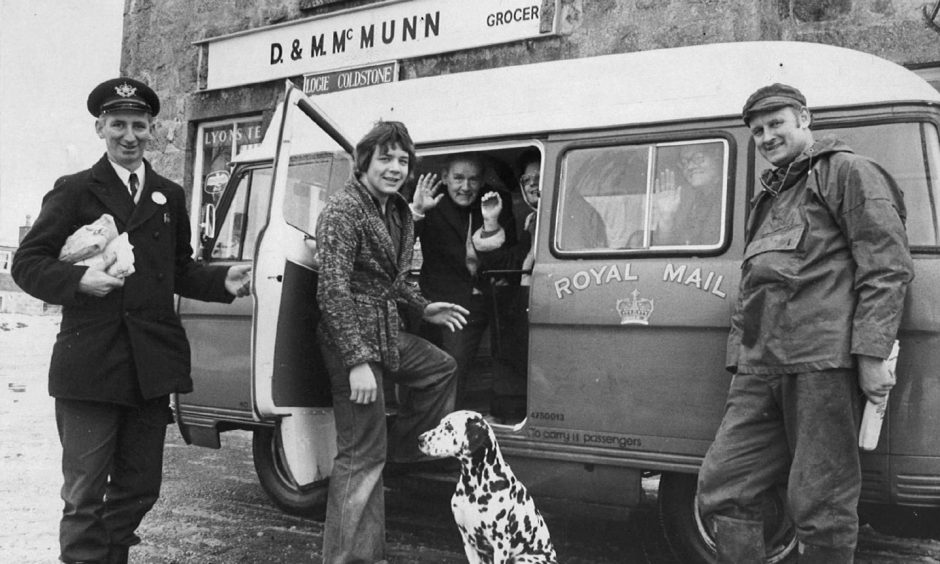
Imagine depending on the postman to take you to the shops?
For decades, Royal Mail Post Buses picked up passengers as well as parcels on their rounds in rural Aberdeenshire, the Highlands and islands.
It was a simple, but clever idea – the public effectively joined the rural posties on their rounds.
These familiar, community posties were making the journeys at the same time every day, six days a week, anyway.
The concept was even immortalised in an episode of Postman Pat in 1991.
In Postman Pat takes the bus, Pat discovers the pros and cons of transporting people as well as post.
Read on to find out all about the real-life Postman Pats and their post buses all across Aberdeenshire, the Highlands and islands…
Opportunity arose to fill half-empty post vans with people
An opportunity was spotted to utilise the routes and the empty space in their vehicles, while earning income too.
But strict criteria had to be met before a post bus was considered.
It had to be needed in a community, had to fit with an existing postal route and could not compete with bus services.
Postmen and women would pick up and drop off passengers on their rounds, along with the mail.
It was a win-win situation.
For the first time, many remote communities were connected in a way that would not have been viable through bus operators.
Royal Mail Post Buses aimed to replace rail services axed by Dr Beeching
The idea was first put forward by the government’s Ministry of Transport in 1961.
But it was another five years before the post bus was trialled.
The first post bus was launched in Wales by Postmaster General Tony Benn in 1967 to replace rail services axed by Dr Beeching.
And the next year, the inaugural post bus launched in Scotland between Dunbar and Innerwick in East Lothian.
Government grants were available towards the vehicles, while local authorities also subsidised routes.
In the Highlands, post buses were often used by tourists, and “post bus drivers were often locals or knew the area well, acting as tour guides for the visitors”, according to the Postal Museum.
During the summer season on Islay, a 24-seat minibus was used to cope with tourist demand.
Service was a ‘lifeline’ on Isle of Skye
The first island post bus service – and only the second in Scotland – launched in April 1972 on the Isle of Skye, running from Elgol to Broadford.
But it was more than just a postal – or bus – service, it was an integral part of island life.
The postman brought groceries, newspapers, laundry – and even dropped children off at school.
When the Skye post bus first launched, postman Ruaridh Nicolson was behind the wheel.
And when the route marked its 25th anniversary in 1997, the postman at the helm was Nigel Nice, a role he’d been in for 16 years.
The bus had clocked up 500,000-plus miles and carried 75,000 passengers in 25 years.
Alex Gibb, Royal Mail’s director, presented Nigel with a plaque for the post bus to mark the occasion.
Mr Gibb said: “The post bus provides a real lifeline for rural areas such as Skye, and is just one example of Royal Mail’s commitment to the community.”
Such was its success, it helped pave the way for many more routes across remote Scotland.
‘World’s smallest post bus’ ran in the Highlands
On less geographically-demanding routes, the humble Ford Fiesta became a regular runner on rural post rounds.
One of 600 Fiesta Mailcars ordered by Royal Mail, it ran on the Newtonmore-Kinlochlaggan route.
It entered service in 1986, and is believed to be the smallest bus in the world.
The Fiesta’s rounds included Ardverikie Estate – better known to many as the film and TV location.
It was used as the Glenbogle Estate in the hit series Monarch of the Glen.
It is now on display at the Grampian Transport Museum in Alford, on loan from the David Cott Post Bus Collection, along with a rare Land Rover Post Bus.
The Fiesta is unique because it was the only one to be registered as a three-seat public service vehicle, with the tailgate adapted to form an emergency exit.
It went on to serve the Inverness-Killin Lodge route before it was withdrawn in 1990 and run by the Royal Mail Heritage Fleet.
When that disbanded, its livery was removed, and was bought by a postman in the West Midlands.
In 2002 it was purchased from the postman and underwent complete restoration for preservation.
Now, preserved by David Cott, the Highland Fiesta Mailcar forms part of the transport museum’s postal exhibit for the 2024 season.
Snowy start for first post bus in Aberdeenshire in 1976
The Aberdeen Post Office area historically covered the whole of the city, Aberdeenshire, most of Banffshire and the northern section of Kincardine.
It was a huge area criss-crossed by thousands of postal routes across rural communities.
By 1976, more than 100 post buses were running in Britain, with several successful services in the Highlands.
It was decided to roll-out the initiative in the north-east too.
The first service started on January 26 1976 in Deeside, running between Aboyne Post Office and Logie Coldstone.
It was a snowy start for the service as it slid around Deeside roads.
The route took mail – and passengers – between the two communities via Tarland and Ordie in an 11-seat minibus.
Leaving Aboyne at 7.25am, the post bus would arrive in Tarland at 7.41am.
The bus would leave Tarland at 9.25am after carrying out the deliveries and travel onto Logie Coldstone, arriving at 10.25am.
The return journey left Logie Coldstone at 11.40am, arriving back in Aboyne at 12.25pm in time to connect with the Northern Bus service to Aberdeen.
How much would a trip set you back?
An adult single fare from Aboyne was 10p to Coull Road junction; 15p to Tarland; 25p to Ordie Crossroads and 30p to Logie Coldstone.
Passengers could get on and off at any point of the route except between Dinnet and Aboyne.
This was so as not to compete with an existing local bus service.
Rare Royal Mail Land Rover at the Grampian Transport Museum
Though a minibus was the preferred vehicle, they were unsuitable for traversing a lot of the terrain in rural parts of the Highlands and Aberdeenshire.
Instead, smaller vehicles like Land Rovers that were better equipped for inclement weather were introduced.
In 1981, the Royal Mail purchased 15 Land Rovers – one of which is now part of the Grampian Transport Museum’s display for the 2024 season.
The gleaming, postbox-red Series III Land Rover is so immaculate, it doesn’t look like it ever battered along old country tracks in the Cabrach.
But it was in a sorry state when it was purchased from the Royal Mail in 1993 for preservation.
The hub caps and differentials were full of water, but after a full strip-down and restoration, the Land Rover is now part of a prized post bus collection.
Cabrach was one of Scotland’s most challenging post bus routes
With its sparse population and hilly, moorland landscape, the Cabrach is about as remote as it gets.
The Land Rover was rolled out on the Huntly post bus route in 1984, when challenging journeys to the Cabrach and Clatt were introduced.
It replaced the first post bus from Huntly to Lumsden, which was a Hillman Avenger estate car which ran to Lumsden.
But a vehicle with more grit was needed to tackle the Cabrach.
The Landy in the transport museum was the last Series III in Royal Mail service.
It still has the trademark white roof which adorned all Scottish post bus vehicles.
Later, in January 1984, another post bus service was introduced in the Strathbogie area.
It could carry up to four passengers in a Royal Mail estate car.
The passengers would join the postie leaving Huntly at 7am going via Kenenthmont and arriving at Clatt at 9.50am.
It would then cover a circular route via Druminnor and Cottown, back through Clatt at 11.20am and 11.50am, before returning to Huntly for 12.30pm by Kennethmont and Gartly Junction.
When Royal Mail the brakes on post buses
By 1993, there were 140 post bus services in Scotland which carried 80,000 passengers a year.
When the 25th anniversary of the Skye post bus was marked in 1997, Royal Mail director Alex Gibb said he was sure the bus would continue to “perform a vital role in the years ahead”.
As part of the celebrations, the Skye schoolchildren drew pictures of what they thought post buses would look like in another 25 years – the year 2022.
But it was an anniversary the post bus would never achieve.
Despite carrying parcels, passengers, dogs, pupils, tourists – plus their bikes and rucksacks – Royal Mail put the brakes on the post bus service in the 2000s.
In 2009, the Strathcarron post bus was axed after more than 30 years serving the Applecross and Torridon areas.
With no consultation, the move came as a shock to residents and passengers.
At the time, Highland Councillor Jean Urquhart she feared it “may be the thin end of the wedge” with regard to talk of privatising Royal Mail.
Sutherland was the end of the road for post buses forever
The Government forged ahead with the controversial proposal, and began privatising the Royal Mail in 2013.
State ownership of the service ended after 499 years in 2015.
Royal Mail said its decision to end post bus services was not due to privatisation, but because it was not a transport service.
It stated that the buses were “not financially viable”.
In 2012, islanders on Luing fought “tooth and nail” to save their post bus service, which was to be withdrawn in 2013.
Royal Mail said it would not be retendering its contract with Argyll and Bute Council when it ran out.
As well as collecting the mail, the Luing post bus took children to school, and was a “lifeline” for elderly passengers who took the bus to the ferry for appointments on the mainland.
In 2016, four routes in the Western Isles were withdrawn, and Scotland’s final post bus service in Sutherland ended in 2017.
It was an acrimonious decision where Royal Mail and Highland Council – the route’s funder – blamed each other.
The Lairg-Tongue bus was the last bastion of a service that brought communities together for decades.
If you enjoyed this, you might like:
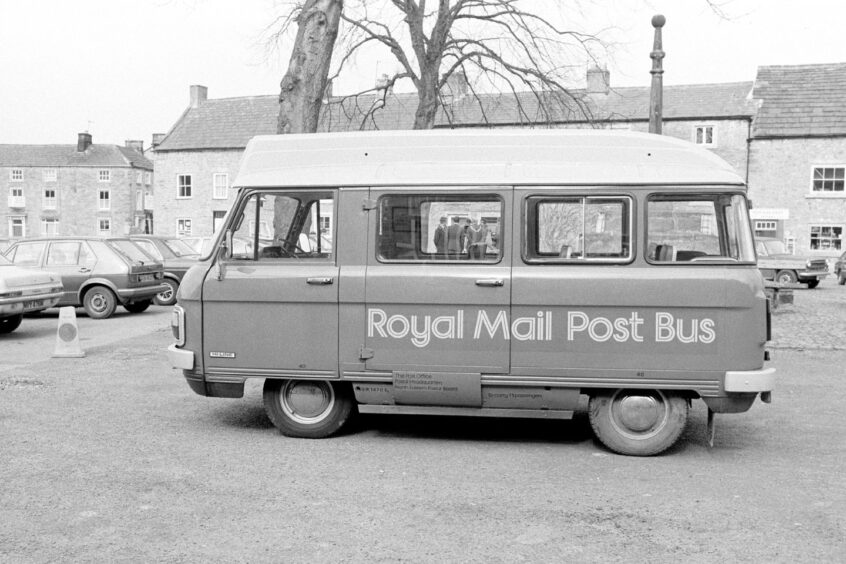
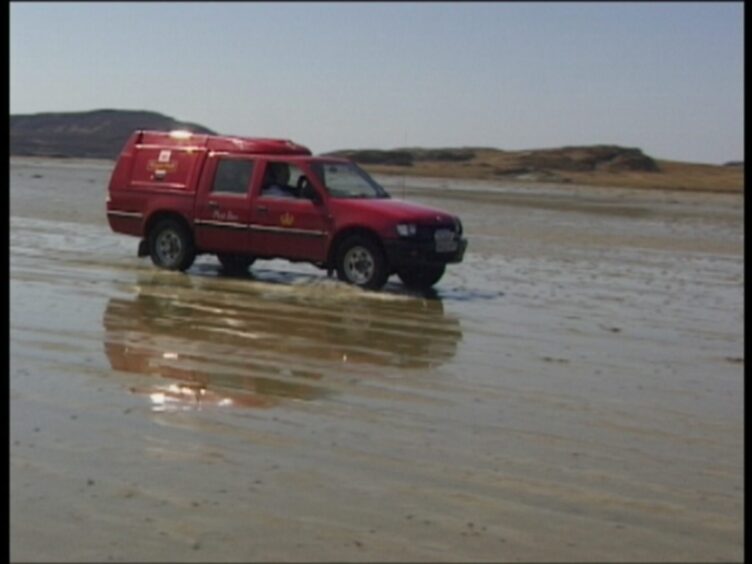
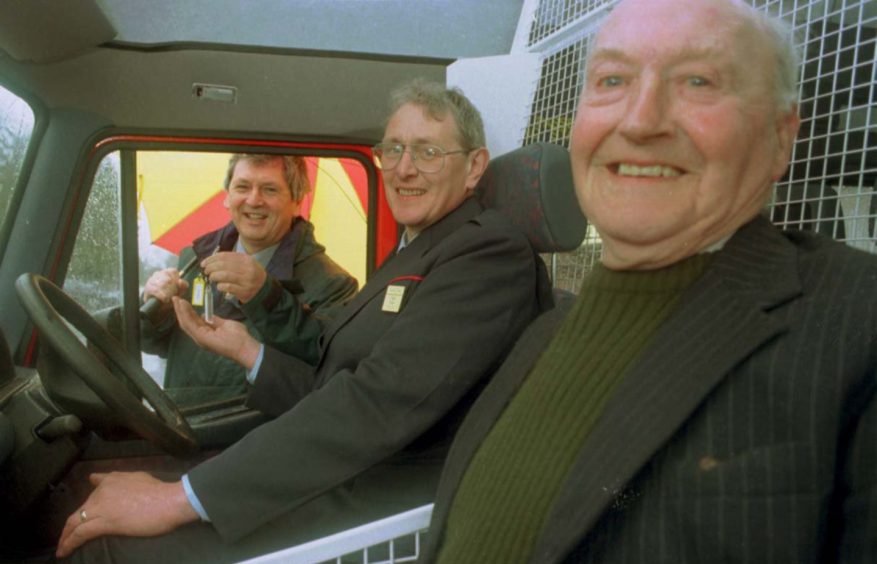
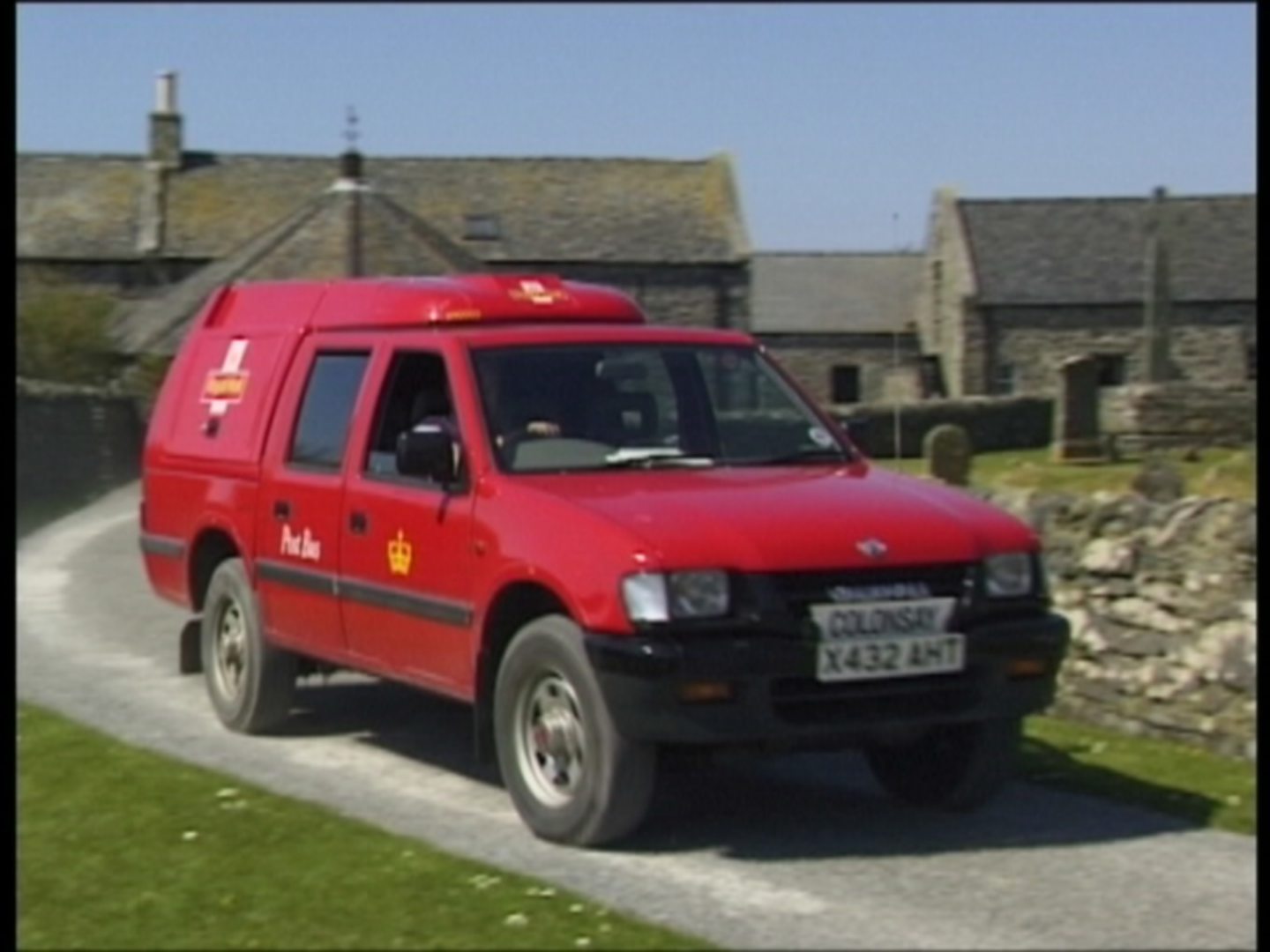
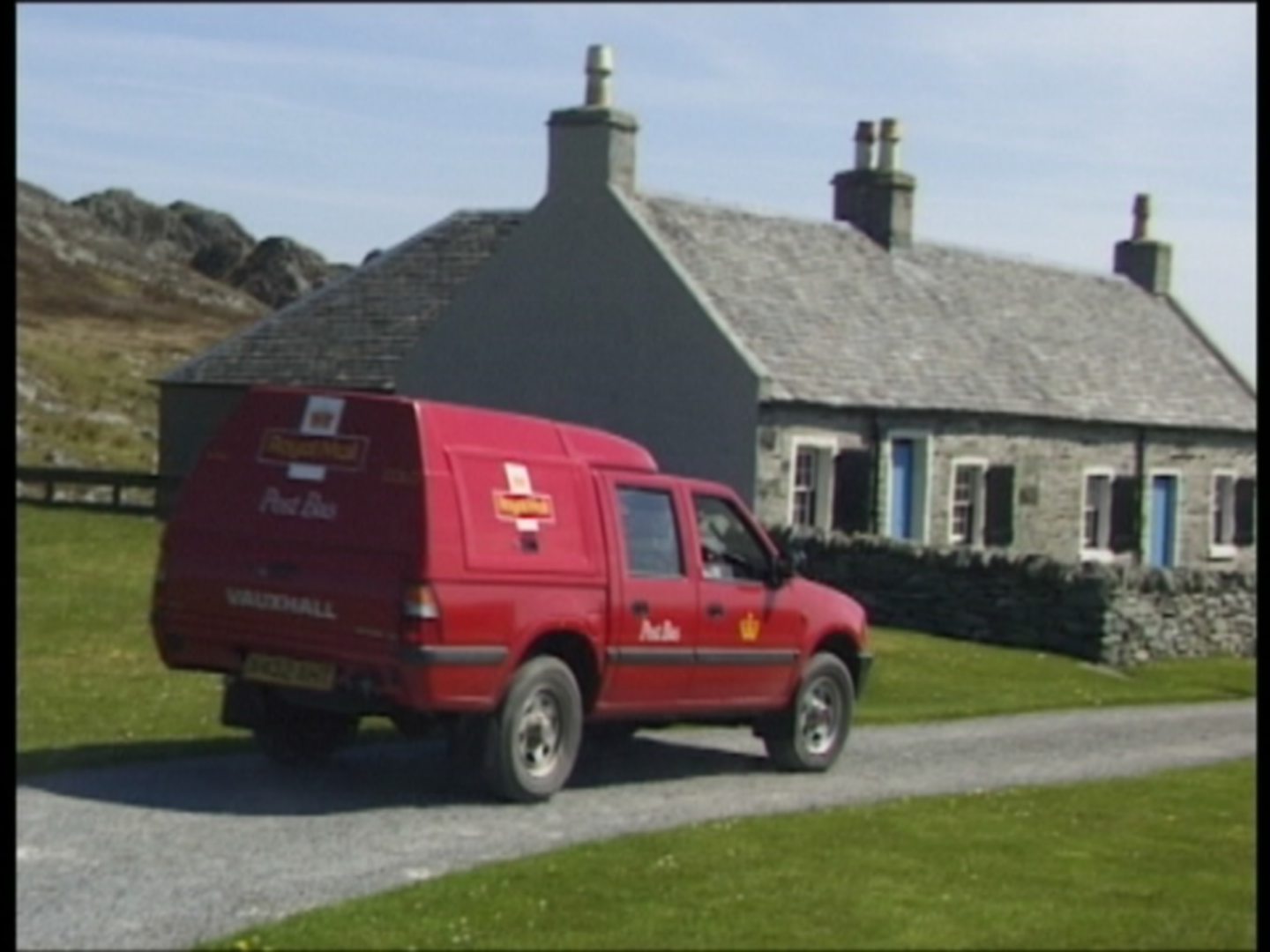
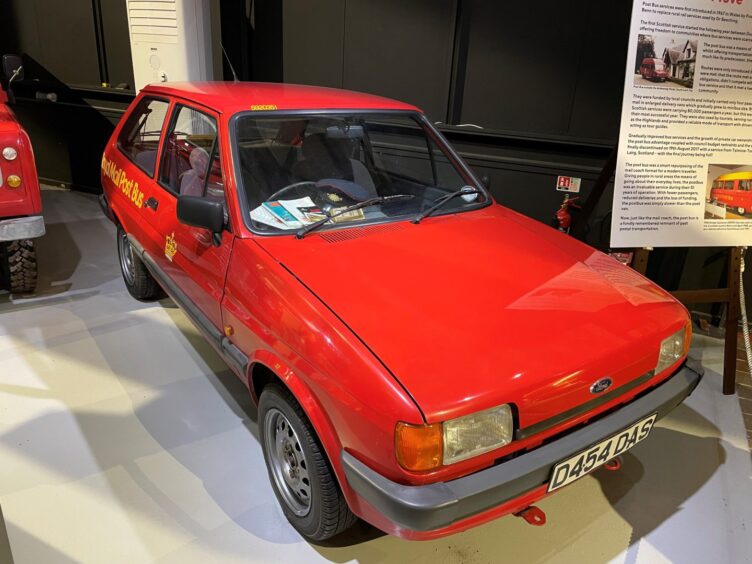
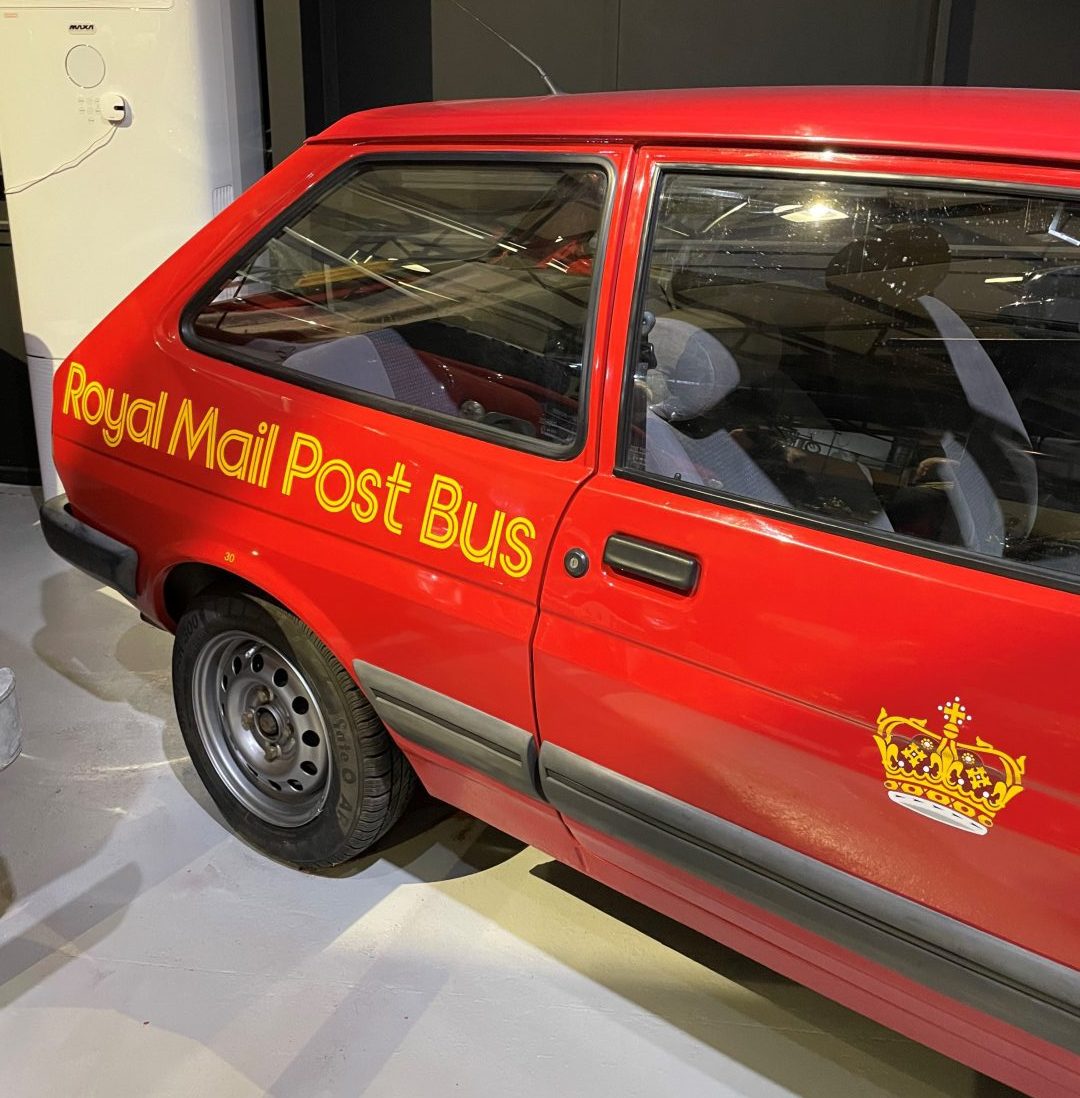
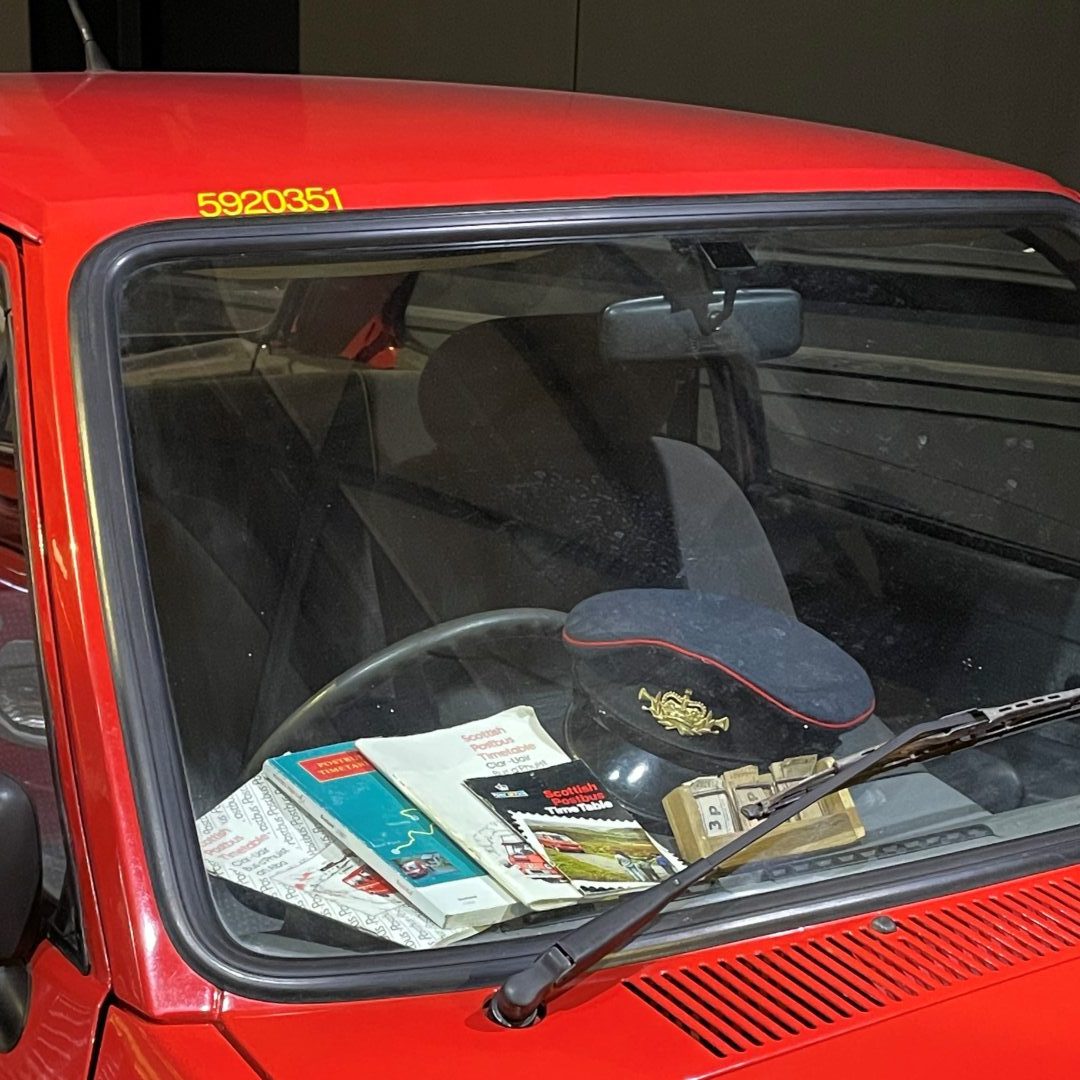
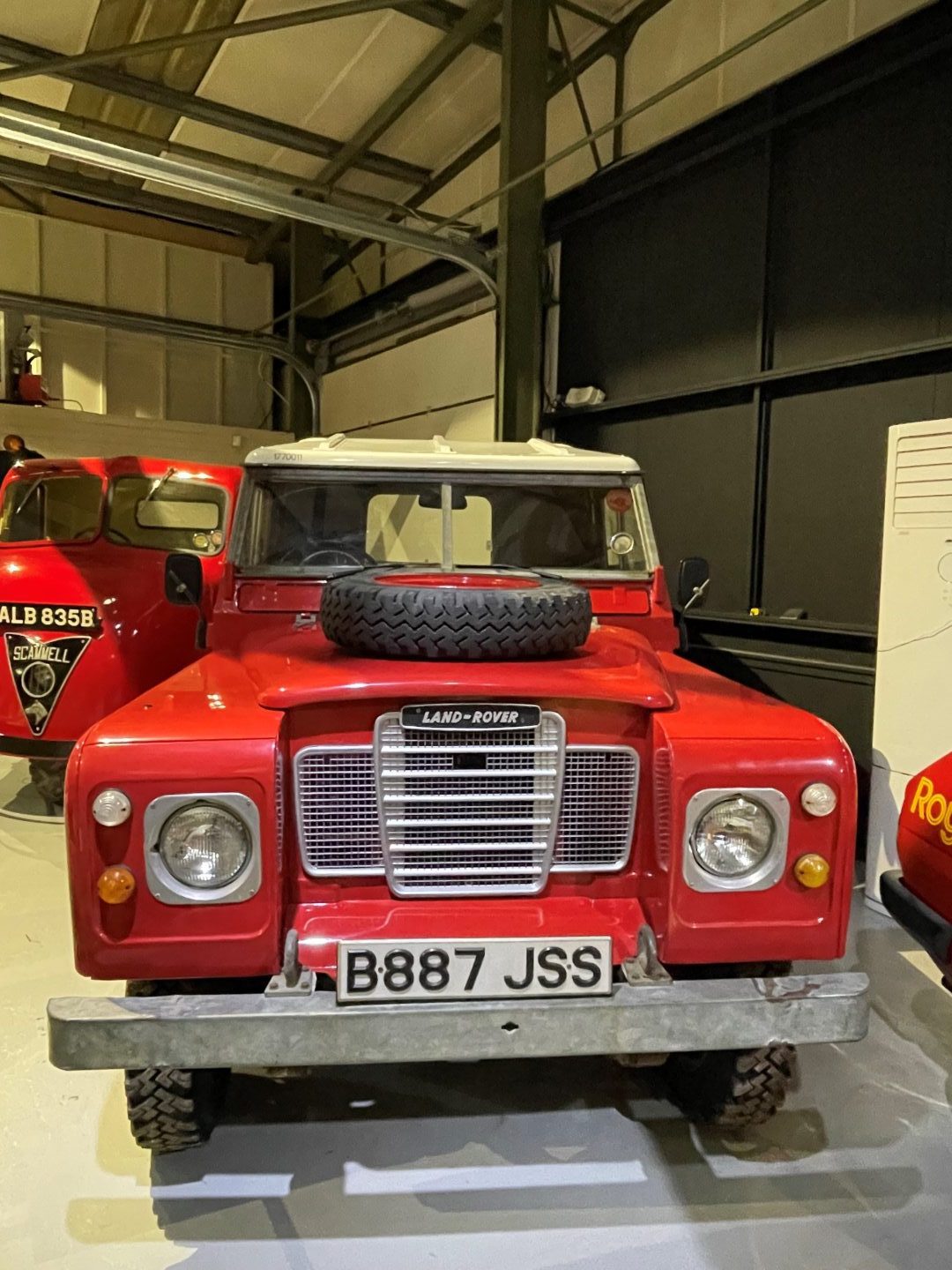
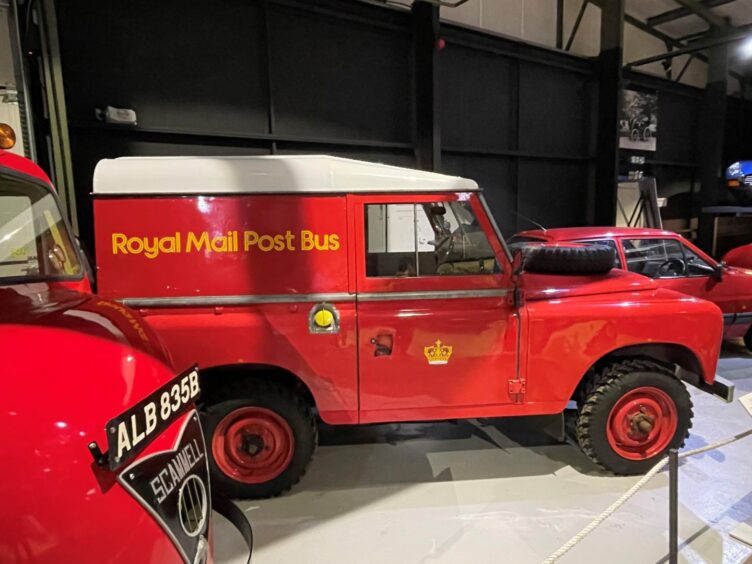
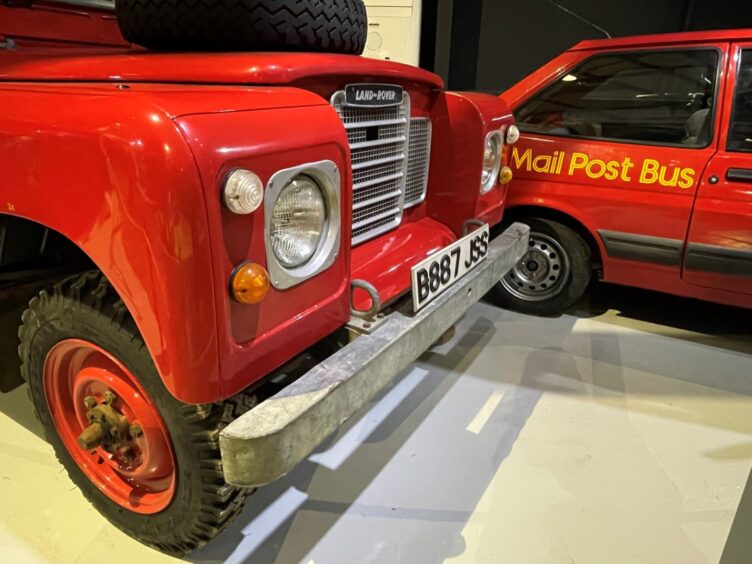
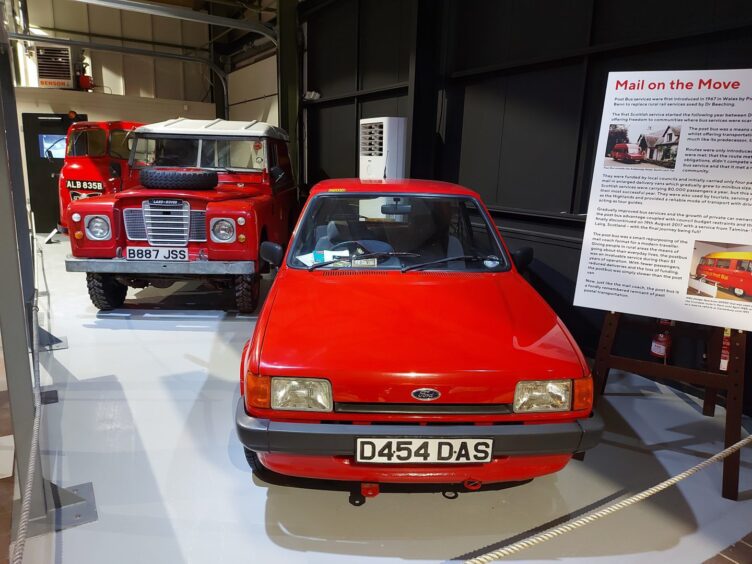
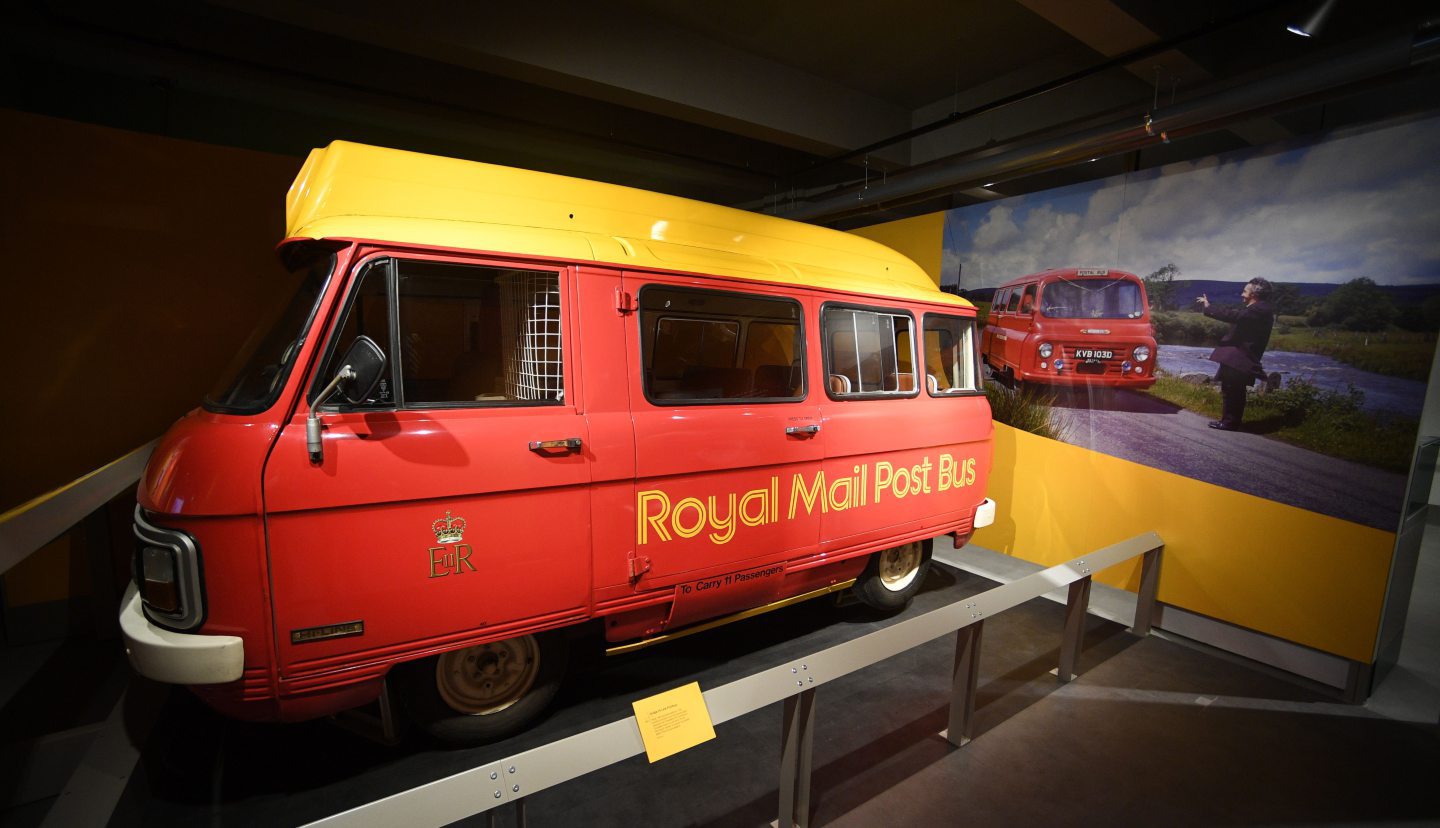
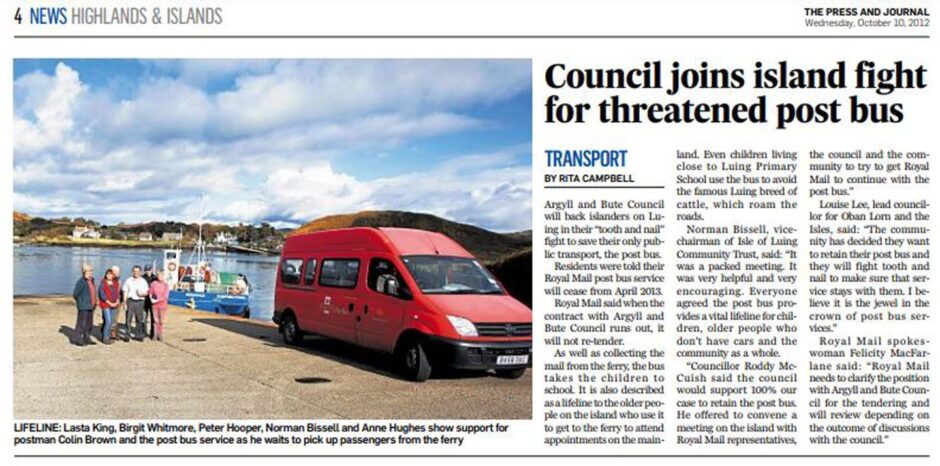
Conversation